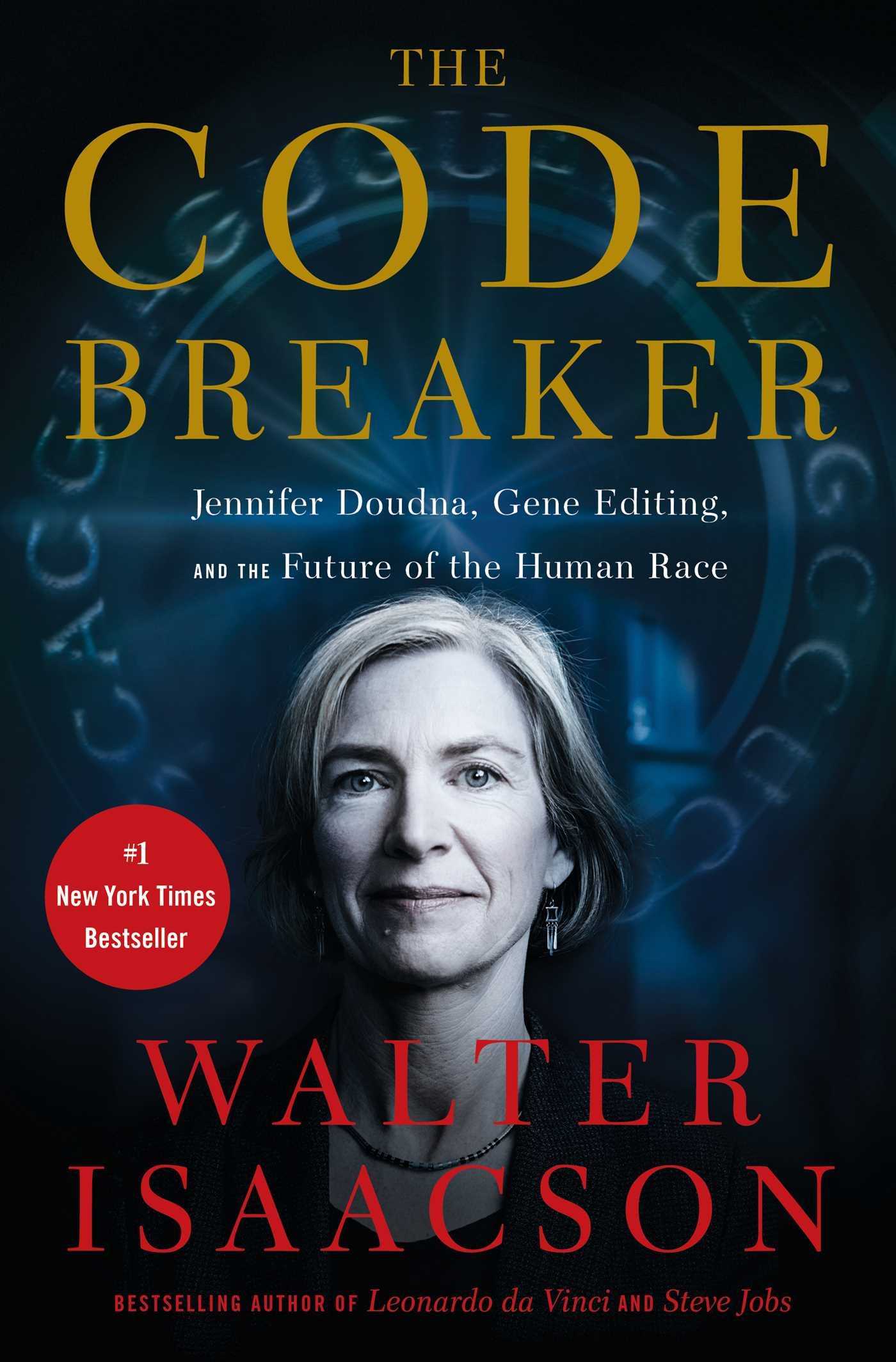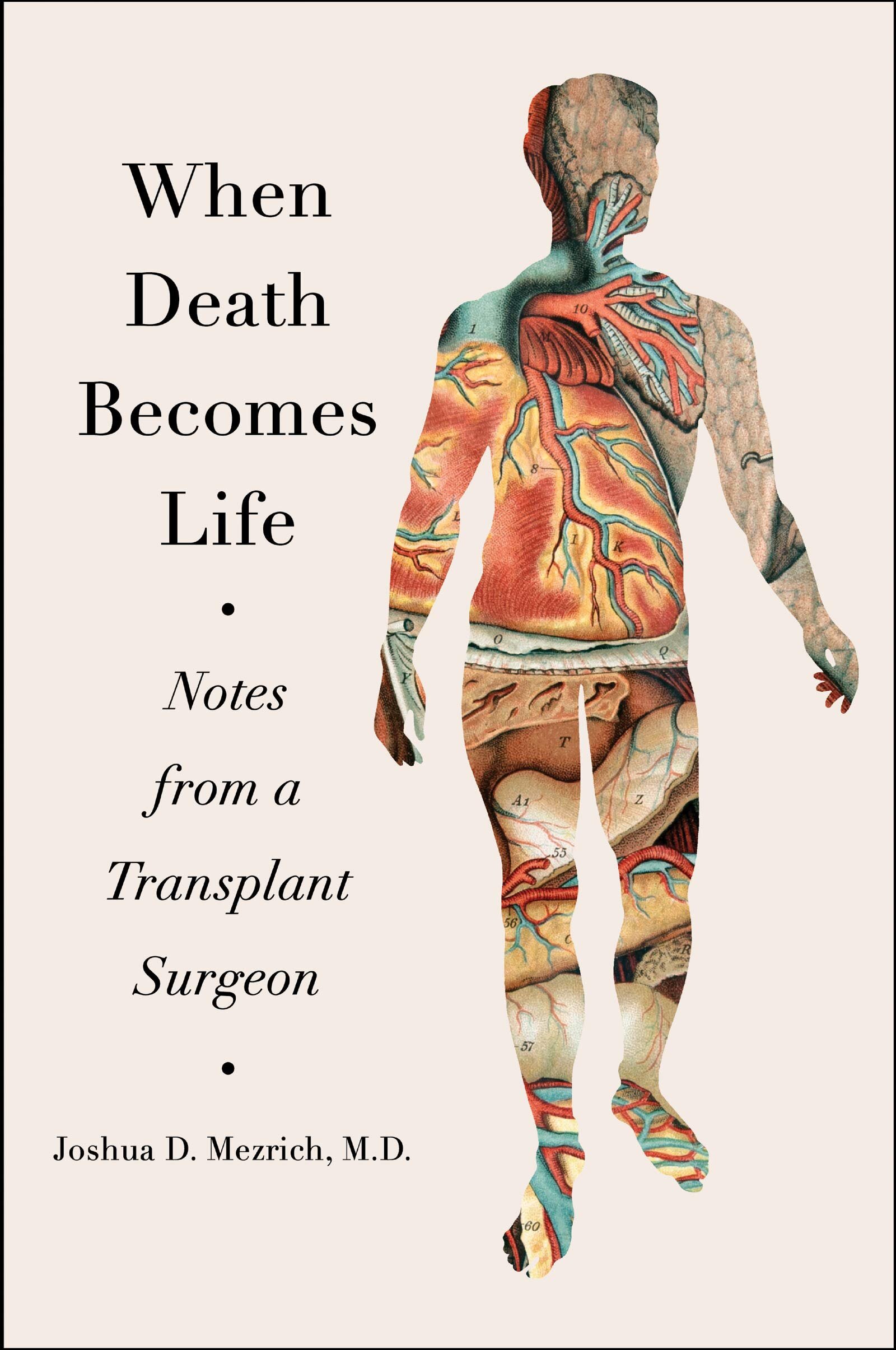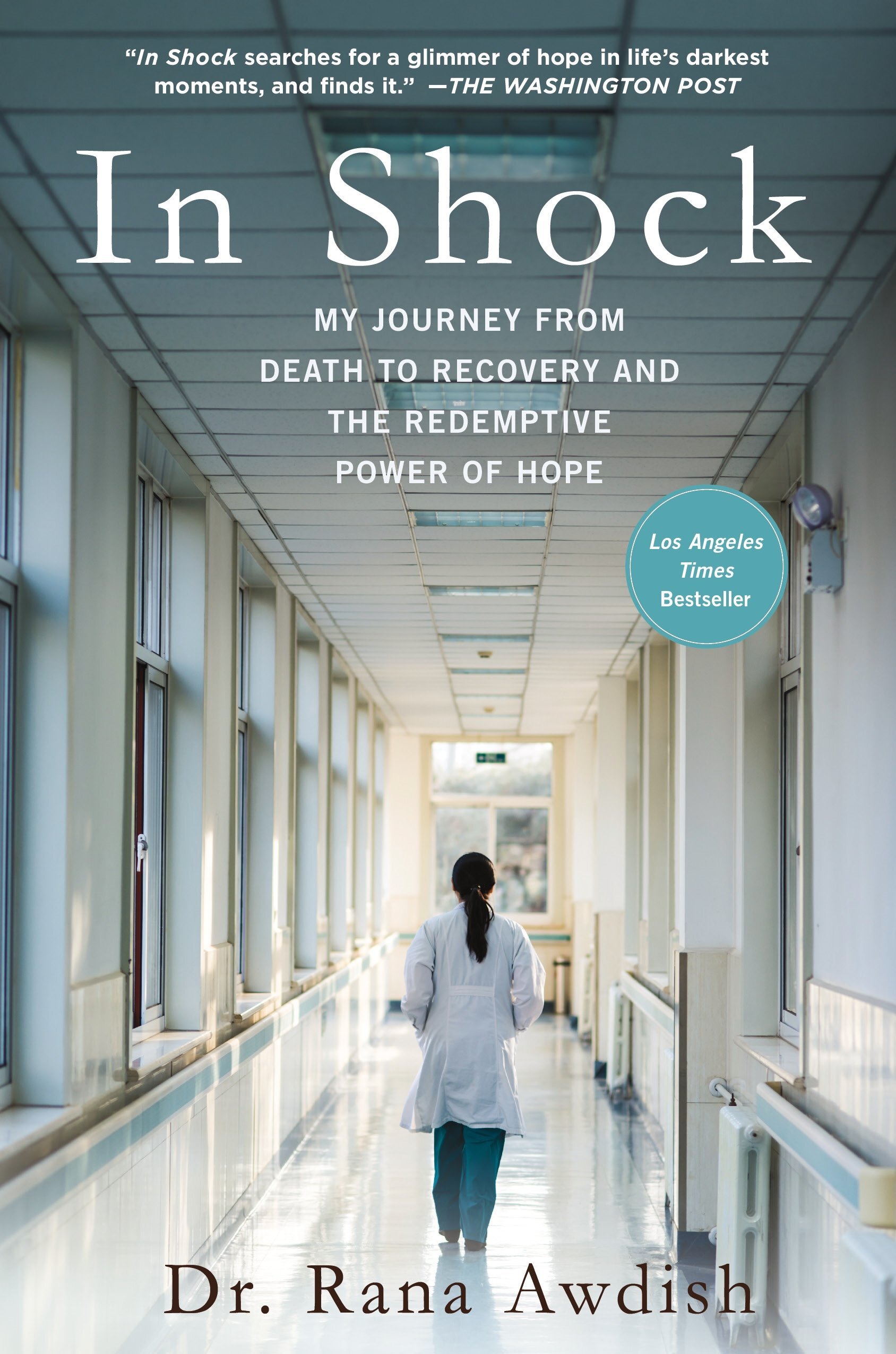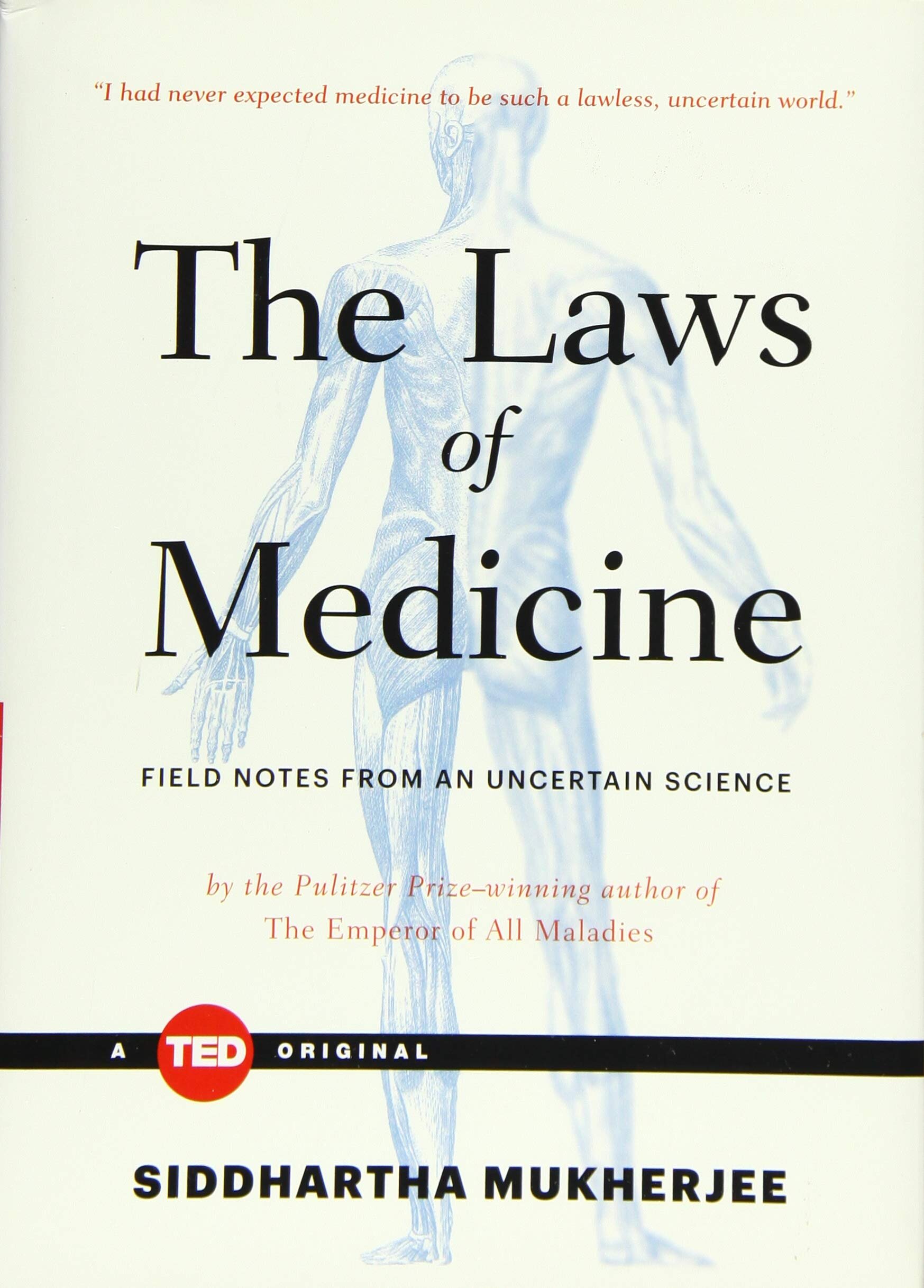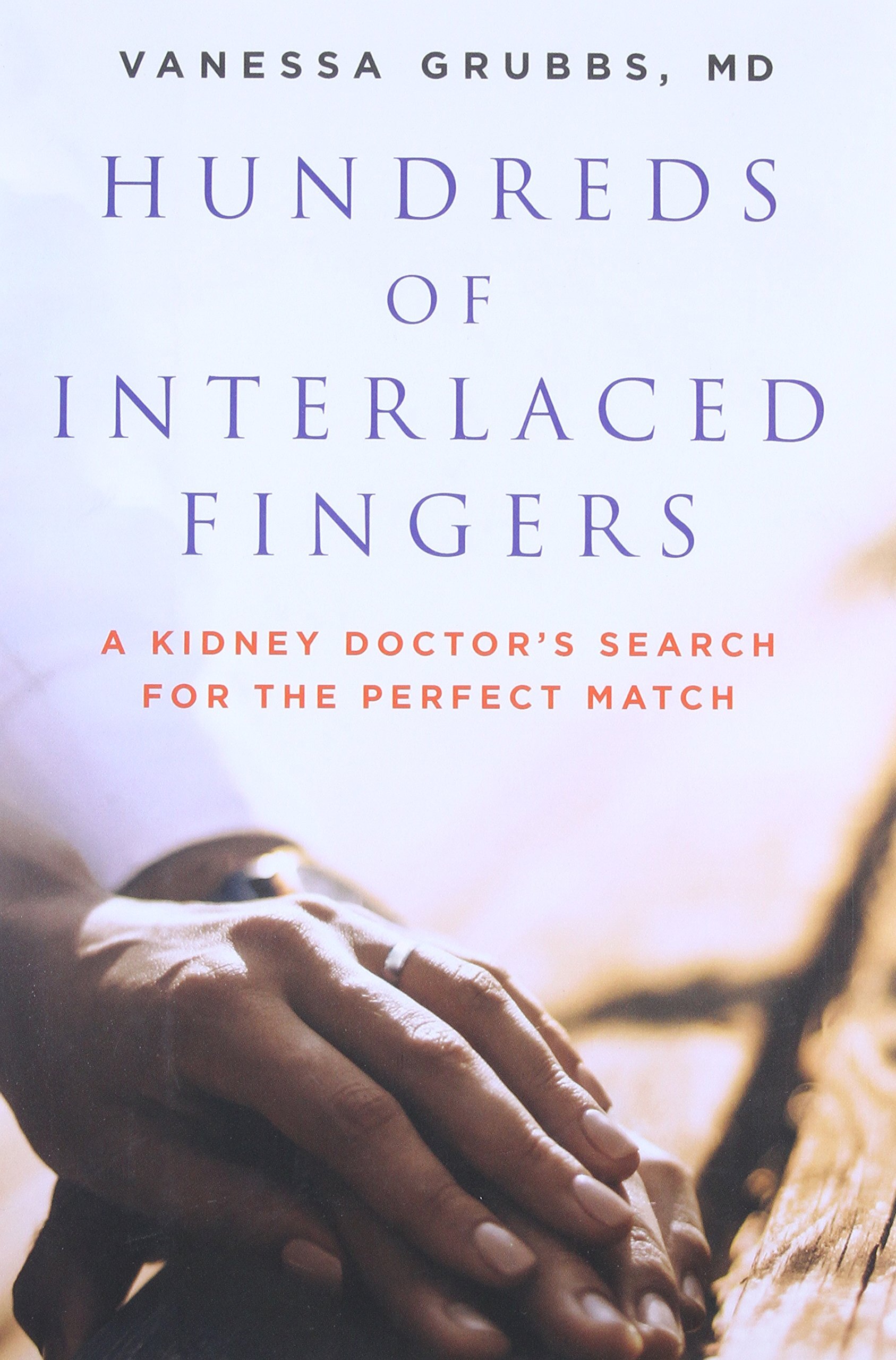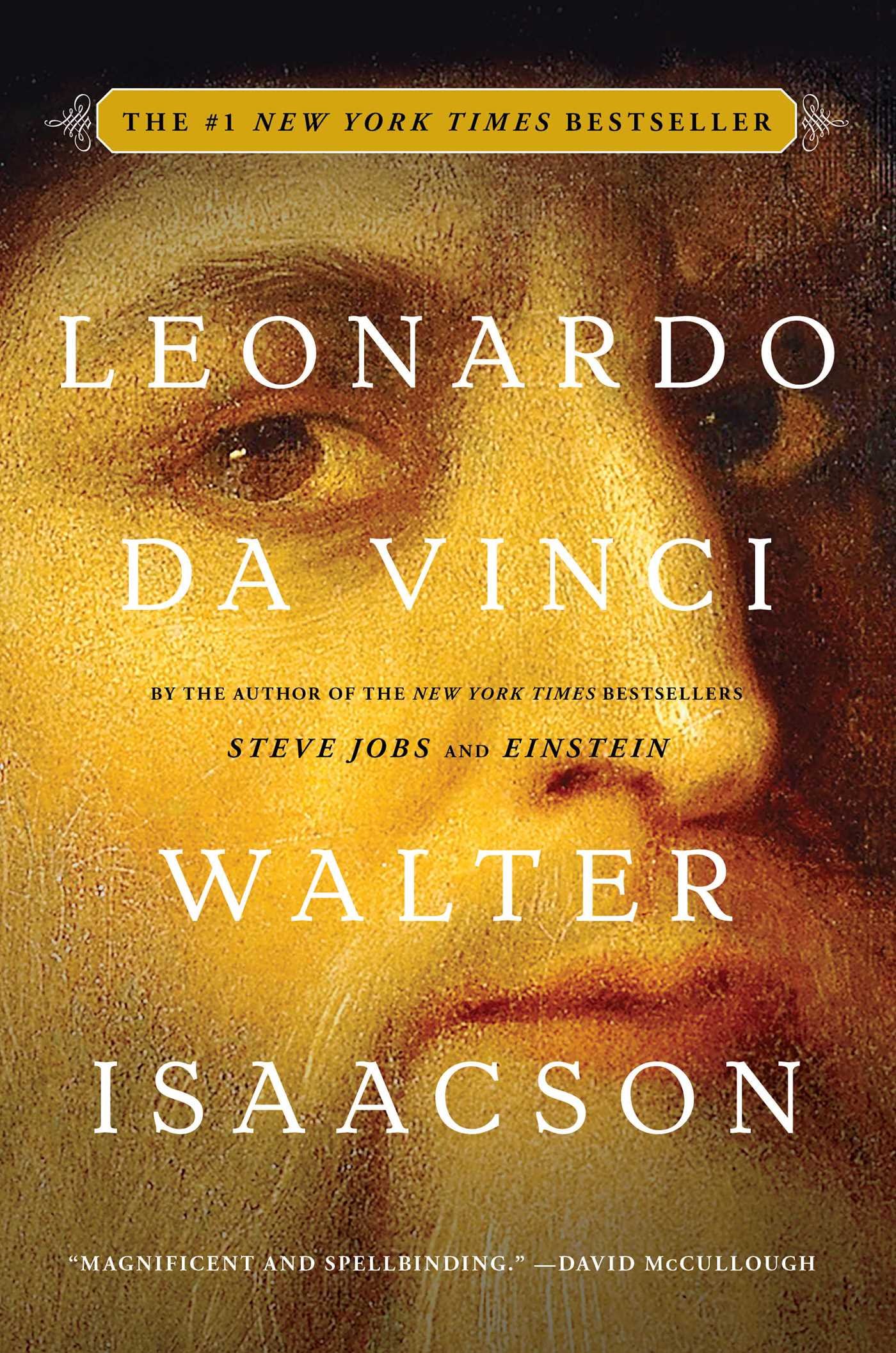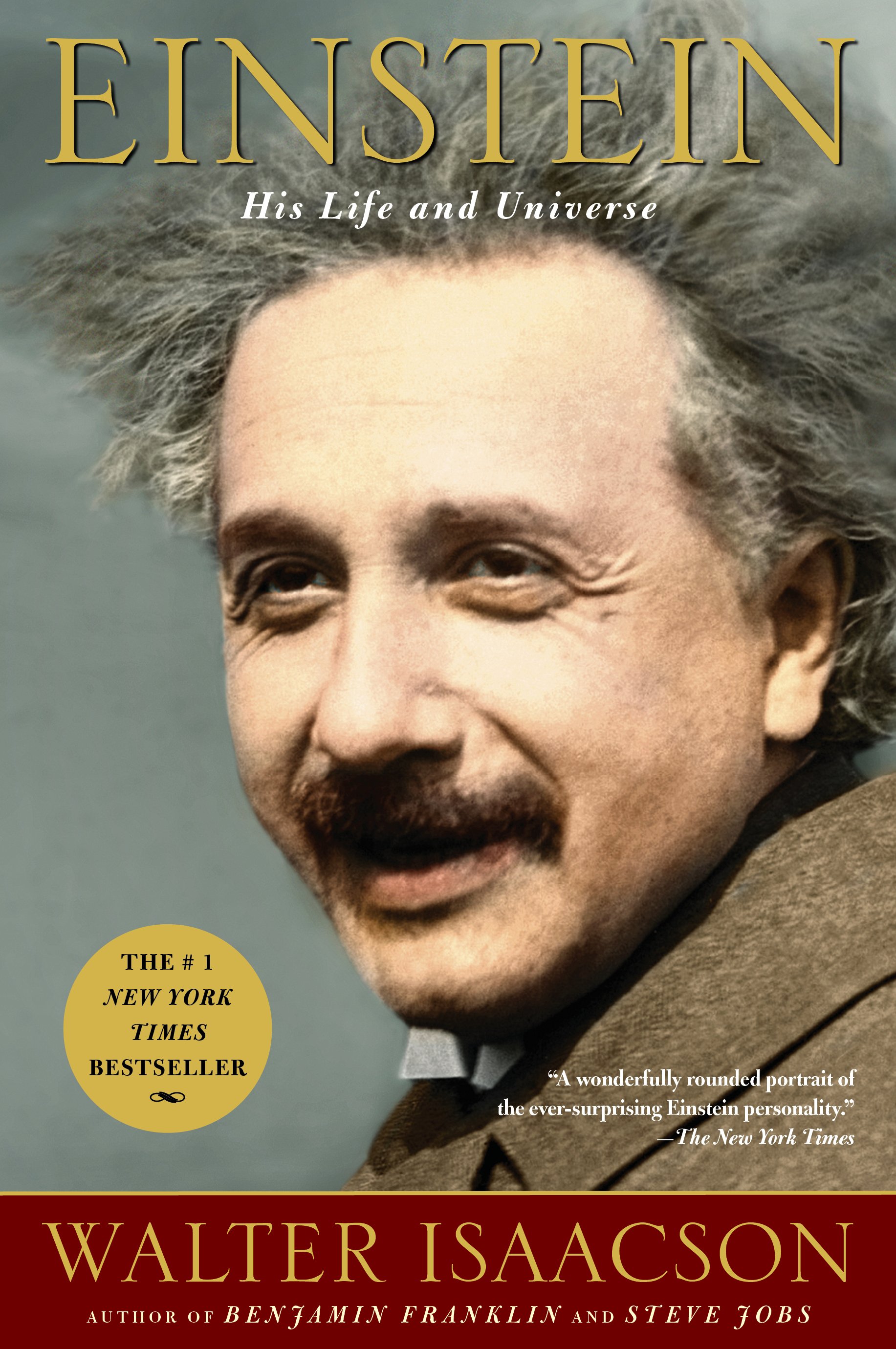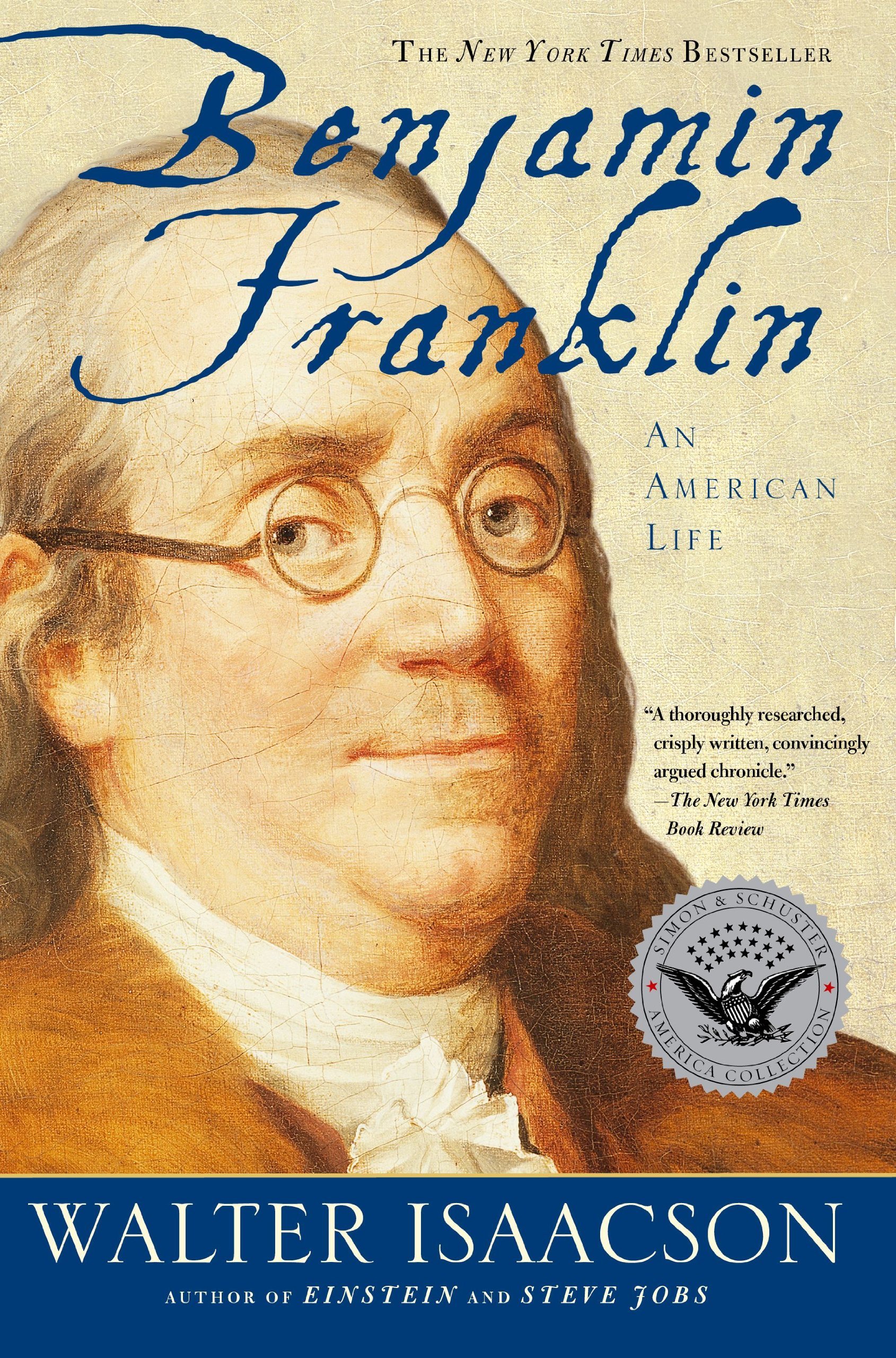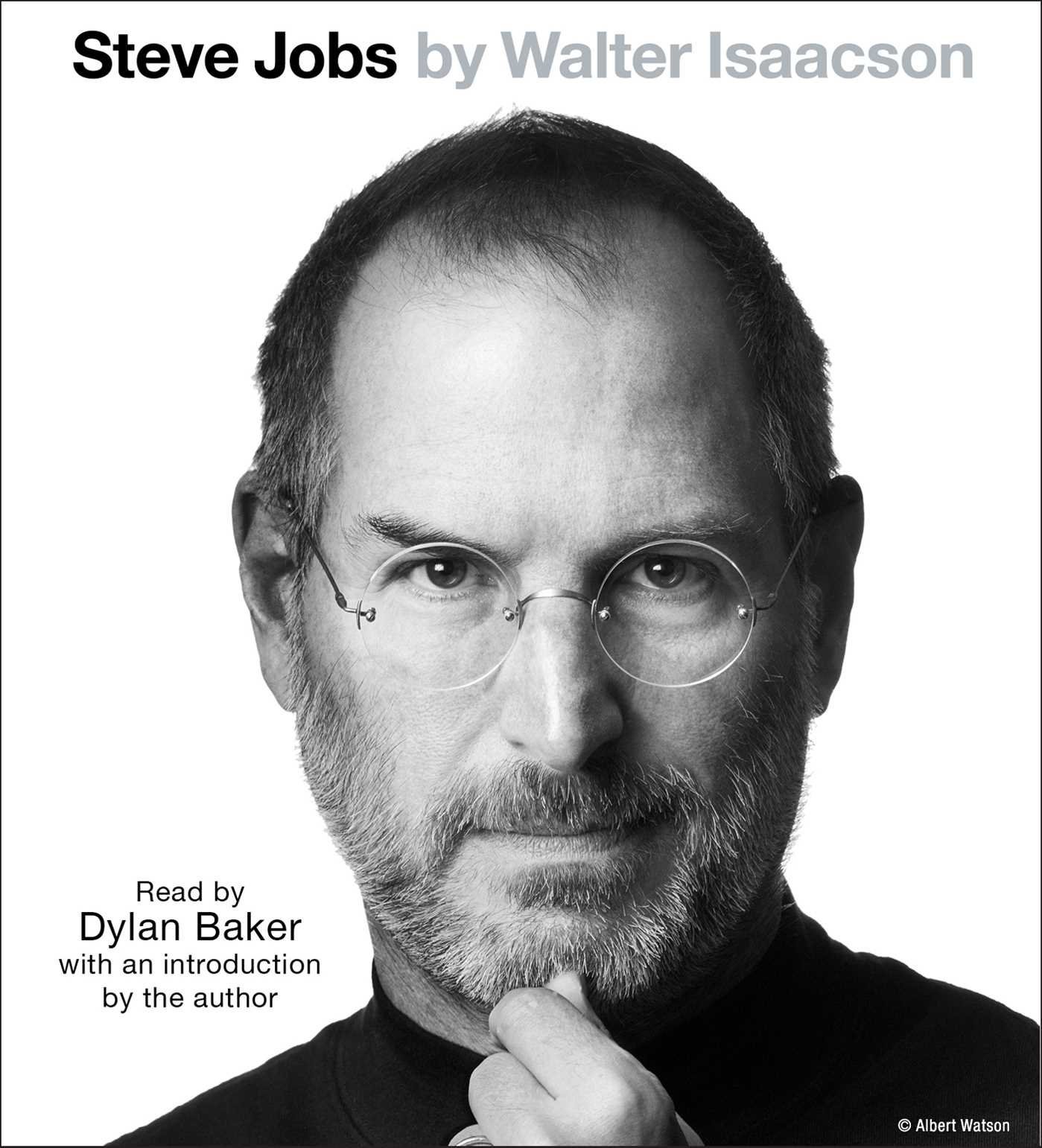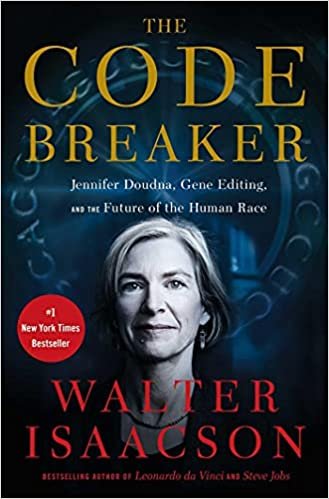Introduction
In 2015, NephJC started the summer book club with the goal of getting the #NephTwitter community to slow down and collectively read a book. We have continued this tradition despite The Book Club being the least popular chat of the year. Up to now, every book choice has been written by doctors, two by nephrologists, and all of them have provided insights into the profession of doctoring that only come from an experienced practitioner, often aided by an intensely personal or harrowing experience.
For this eight edition of the Summer Book Club we are breaking our streak of physician authors and picking a book by Walter Isaacson. Isaacson was born in New Orleans, Louisiana and established his craft as a writer, first at The London Sunday Times (he had been at Oxford as a Rhodes Scholar), then at the New Orleans Times-Picayune. In 1978 he joined Time Magazine where he rose through the ranks to become the Editor in Chief. In 2001, he left Time to became chairman and CEO of CNN. Isaacson has written a series of biographies, beginning with Kissinger and then moving on to Benjamin Franklin, Albert Einstein, Steve Jobs, Leonardo Da Vinci and most recently Jennifer Doudna. Supposedly, his next subject is Elon Musk.
Jennifer Doudna earned her place among these people because of her work on RNA and CRISPR-Cas9. Isaacson explains that the first half of the twentieth century was defined by Einstein’s 1905 paper on relativity and subsequent nuclear and quantum revolution. The second half of the twentieth century was defined by the development and flourishing of digital technology. Isaacson argues that life sciences, and specifically gene editing, will have a similar revolutionary impact on the twenty-first century.
The first half of the twentieth century, beginning with Albert Einstein’s 1905 papers on relativity and quantum theory, featured a revolution driven by physics. In the five decades following his miracle year, his theories led to atom bombs and nuclear power, transistors and spaceships, lasers and radar. The second half of the twentieth century was an information-technology era, based on the idea that all information could be encoded by binary digits—known as bits—and all logical processes could be performed by circuits with on-off switches. In the 1950s, this led to the development of the microchip, the computer, and the internet. When these three innovations were combined, the digital revolution was born. Now we have entered a third and even more momentous era, a life-science revolution. Children who study digital coding will be joined by those who study genetic code.
And telling Doudna’s story is how he is going to explain this genetic revolution..
Summary
Isaacson starts the biography in Doudna’s childhood and there is an impactful moment in sixth grade where her father leaves a copy of The Double Helix by James Watson on her bed. She reads it and it sparks a fascination that inspires her to pursue science and eventually structural biology.
Isaacson uses this moment to turn from Doudna’s story to bring the readers up to speed on genetics. He starts with Darwin and Mendel. And then skips ahead to the Double Helix moment. He runs through the story of Linus Pauling, Rosalind Franklin’s stolen notes, Watson and Crick’s collaboration, and the discovery of the structure of DNA. structure.
After that the book rejoins Doudna, now at college. After a summer working in a chemistry lab she gets the bug and pursues a chemistry degree. From there, it is off to Harvard for a PhD.
At Harvard, she joins Jack Szostak’s Lab and studies RNA, and how it can reproduce itself. As a structural biologist she uses X-ray crystallography to study the structure of RNA when folded into a ribozyme (a ribozyme is an enzymatic form of RNA which can potentially self replicate, allowing for “life” without proteins).
As Doudna chooses to study RNA the field is about to explode. Nobel winning RNA interference is discovered by Mello and Fire in 1998. In 2001, previously discovered Short Palindromic Repeats in DNA, were given the name CRISPR. A few years later, Francisco Mojica (who coined the term CRISPR) discovered that CRISPR is actually an anti-viral immune system for bacteria. The question of how CRISPR worked to protect bacteria from viruses was the problem that landed in Doudna’s Cal Berkley Lab in the 2000s.
Isaacson does a good job walking through both how CRISPR works and how labs around the world simultaneously cooperated and competed to move understanding forward. The story rockets from nation to nation, from cheese makers in Wisconsin and Paris to labs all over the world.
Jennifer Doudna and Emmanuelle Charpentier
In 2011, at conference in Puerto Rico, Doudna meets Emmanuelle Charpentier and began the collaboration that would win the Nobel Prize. Charpentier focused Doudna on CRISPR-Cas9. In just over a year the pair worked out how to adapt the bacterial CRISPR-Cas9 into a general purpose gene editing tool, at least for bacterial genes. As the duo was finishing their work Doudna received a paper on CRISPR-Cas9 to review by Siksnys, a Lithuanian researcher. Doudna recused herself from reviewing it but this caused her to get own paper on the same advance into the hands of editors. She successfully gets published first and both teams ultimately present their data on the day at the same conference. This competition between labs and urgency to publish first has a similar vibe to Watson and Crick race against Pauling.
Feng Zhang
But winning that race in June of 2012, only starts the next race. Once you can edit bacterial genes, the real prize is doing it in eukaryotic cells, specifically human cells. This race lasts nine months with Feng Zhang of the Broad institute (joint venture of MIT and Harvard) publishing in December of 2012. But with five other teams, including Doudna, publishing the same breakthrough in the following month.
The book then spins off into tales of companies, patents, and law suits. It is all tedious. But Isaacson eventually exhausts that subject and starts looking at the implications of the CRISPR technology. He talks about treating genetic diseases, military uses to make disease resistant soldiers, and touches on the biohacker revolution.
The book regains its focus in the story of He Jiankui. Isaacson discusses in detail the events that lead this rogue researcher to make the first genetically engineered human beings in history. In November of 2018, MIT Technology Review breaks the story that healthy twins had just been born with CRISPR altered CCR5 genes so that they would be resistant to HIV infection. Isaacson does a great job explaining the fascinating story. The most intriguing aspect is that this was no Manhattan project. It is clear that He Jiankui merely applied established technology to this problem. While He Jiankui expects to be the Neil Armstrong of CRISPR he instead is treated like Dr. Mengele and suffers world-wide ridicule and ended up in prison. The world is not ready for CRISPR modified babies.
He Jiankui
While in last year’s, When Death Becomes Life, Mezrich highlighted how the field of transplant was repeatedly advanced by doctors who operated first and asked for permission later, the field of genetic engineering does not welcome such initiative.
Isaacson uses this, along with Doudna’s embracing of her role as a public scientist and the face of CRISPR, to focus on the ethics of human gene editing. I found the ethics section interesting and well argued. It is hard to make ethics work in a book, Isaacson is successful.
The book finishes with a section on CRISPR and COVID. Isaacson talks about Doudna and Zhang once again find themselves racing each other to discovery, this time in regards to a CRISPR-based molecular diagnosis. He then examines CRISPR’s role in vaccine development (actually more about RNA than CRISPR) as well as potential treatments of COVID-19.
The book is a good read. It showed me a side of science that we rarely see and I loved it. And ultimately, Isaacson convinces me of his central thesis, that genetic technology is going to be transformative for the twenty-first century and the draft for that transformation will be written by CRISPR-Cas9.
Joel Topf, MD FACP
Co-founder of NephJC

